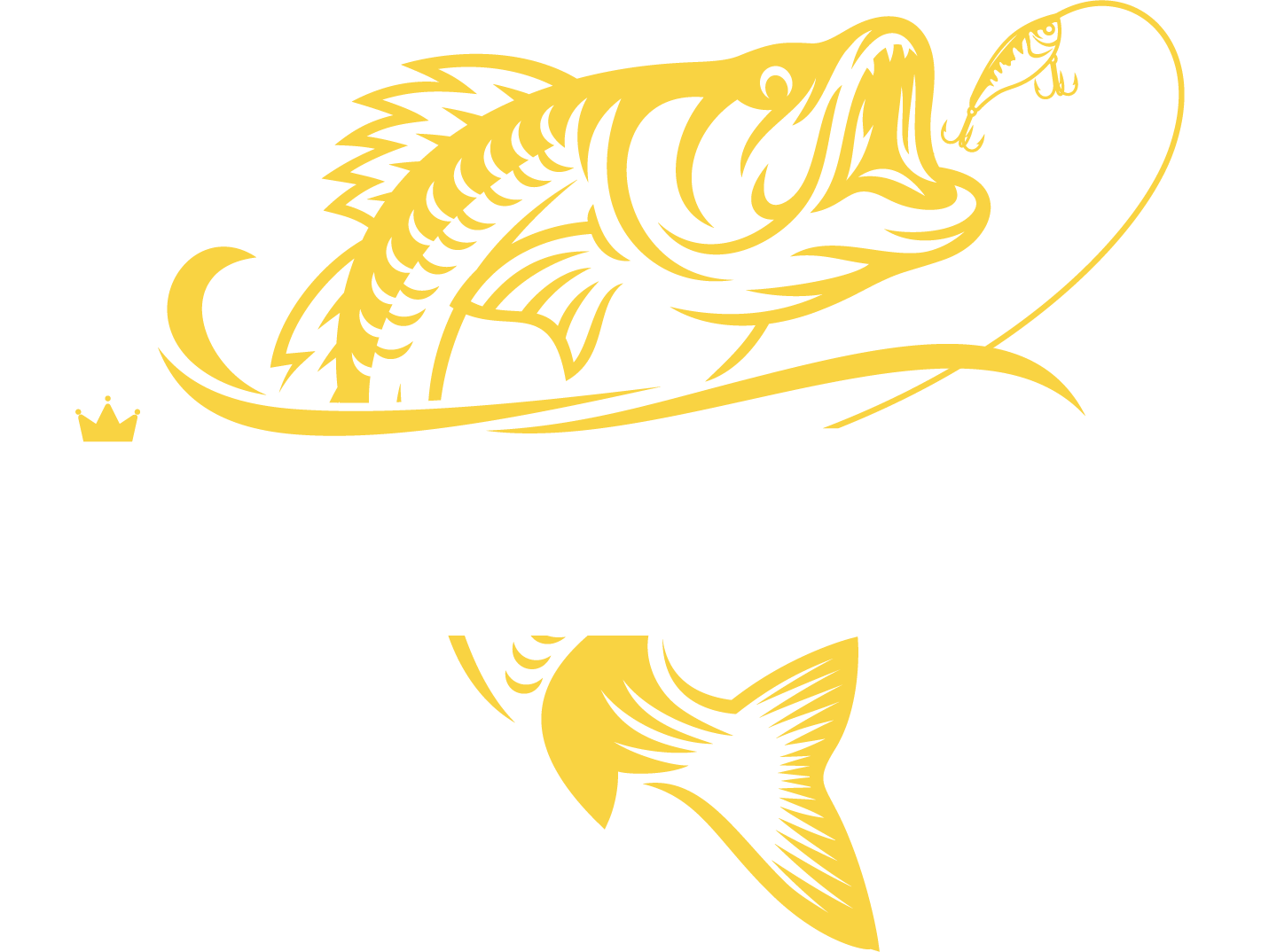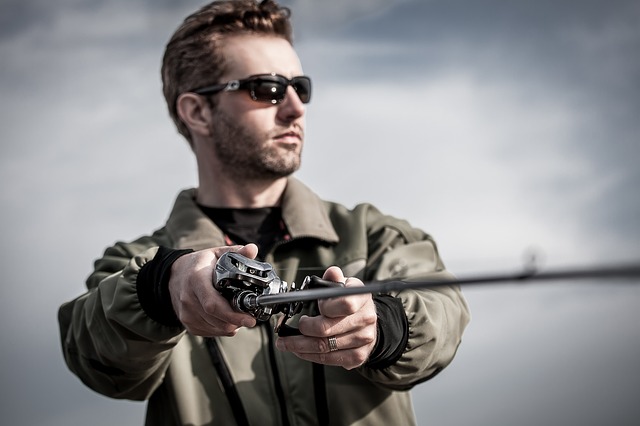If there’s one thing I learned from my father about fishing reels, it’s that their motion must be smooth and precise for optimal fishing.
In this respect, the ball bearings in the reel play the most critical role. The material, quality, and the number of ball bearings determine the reel’s performance.
How Many Ball Bearings Should Be In A Fishing Reel?
A good fishing reel with fluid motion would have at least four or five ball bearings as a general rule. However, more isn’t always better since the quality and material of the ball bearings also play a part in the operation. Therefore, I recommend you go with ARB or CRBB variants for the best performance when it comes to ball bearings.
But then again, that’s just a tiny glimpse into what ball bearings actually do in a fishing reel. So, sit back, and I’ll explain everything there is to know about the number of ball bearings in a fishing reel.
Let’s get the ball rolling!
Fishing Reel Ball Bearings Explained
Before diving into the details of the number of ball bearings in a fishing reel, let’s take a look at what these are. A ball bearing is a spherical bearing that reduces friction and increases speed in any mechanical system.
Ball bearings are usually placed around a fixed central axel and surrounded by an external wheel that facilitates motion. In fishing reels, ball bearings are present in both the spool and the handle for reduced friction.
The lower the friction, the smoother the cast and the longer the casting distance. The same also holds for retrieval, as a quality ball-bearing system will reduce the effort needed to reel in the catch.
How Many Ball Bearings Should There Be In A Quality Fishing Reel?
As I’ve already mentioned above, the minimum number of ball bearings in a high-quality fishing reel is four. Anything less than that number is not going to give you the speed and motion you require.
Most fishing reel manufacturers provide entry-level reels that have four or five ball bearings. If the quality of these bearings is good, then this number is sufficient for an optimum fishing experience.
However, the more ball bearings your reel has the higher its price. Further, some reels have shielded ball bearings that help keep the reel safe from dust and dirt; these naturally cost even more.
Are More Ball Bearings Always Better For A Fishing Reel?
This is a question that I often get from newbie anglers, and the answer is not that straightforward. If you think that having eight or ten ball bearings in your reel would result in a better performance than just four or five, then you’d be right in a theoretical way.
If we’re following the laws of physics, having more bearings will result in better performance. But in reality, the quality of the bearings plays a vital part. So, even a smaller number of high-quality bearings will consistently outperform a greater number of low-quality ones.
How can you determine the quality of the bearings? I’ve found that the following factors play an essential role in determining the ball bearing quality when it comes to fishing reels:
- The material your ball bearings are made of (good ones are steel or ceramic)
- Placement of the bearings within the reel
- Whether the bearings are ABEC, ARB or CRBB rated
For those who don’t know, ABEC rating is an industry-standard that tells you about the bearings’ tolerance levels. The ABEC ratings are given in the form of a number between one and nine, with higher numbers denoting better durability. ARB and CRBB stand for anti-rust bearings and corrosion-resistant ball bearings.
Based on the above factors, I’d say you’re better off with a reel with four, maybe five high-rated bearings than a low-quality one with ten bearings.
Stainless Steel or Ceramic: Which Is Better?
This is yet another common point of confusion, and the answer, as always, depends on several considerations. Most entry-level reels have stainless steel ball bearings as they are easy to manufacture and are affordable.
If stainless steel bearings are shielded, then they can last for a very long time. I’ve found that unshielded bearings are prone to corrosion even with regular maintenance. This is especially true for saltwater reels.
On the other hand, ceramic ball bearings are more expensive and are found in higher-end fishing reels. They are lighter than stainless steel bearings, less susceptible to corrosion, and can withstand higher wear and tear. Ceramic bearings are also better at reducing friction than stainless steel bearings.
The only downside to ceramic ball bearings is their low shock resistance. So, if you’re planning on using the reel to catch a giant catfish or something similar, then ceramic is not the ideal option.
If you’re asking for my personal opinion, I’d say ceramic is always the better choice among the two, provided price is not a constraint. But for beginners, stainless steel bearings are sufficient.
Conclusion
When buying a fishing reel, the bottom line is this: focusing on just the number of ball bearings is not a wise decision. Instead, I recommend you look at both the number and the quality of the bearings when making a choice.
As my father always said, when it comes to bearings, more doesn’t always make merrier. You have to keep in mind the experience level, the size of the fish you’re planning to catch, and also the amount of wear-and-tear the reel will go through.
And finally, don’t forget to take regular care of your reels! With that, I’ll be signing off for now. Do comment and let me know how you liked going through my guide.

Niels Thomas is a wildlife expert and fishing fanatic that works with major fishing brands like Deeper Sonar, Abu Garcia, Berkley, PENN, BassPro and Pure Fishing. Through sharing the best fishing tips, tricks, gear reviews, locations and much more he hopes to inspire fishing fanatics to start their own journey towards becoming the King of the Catch!

